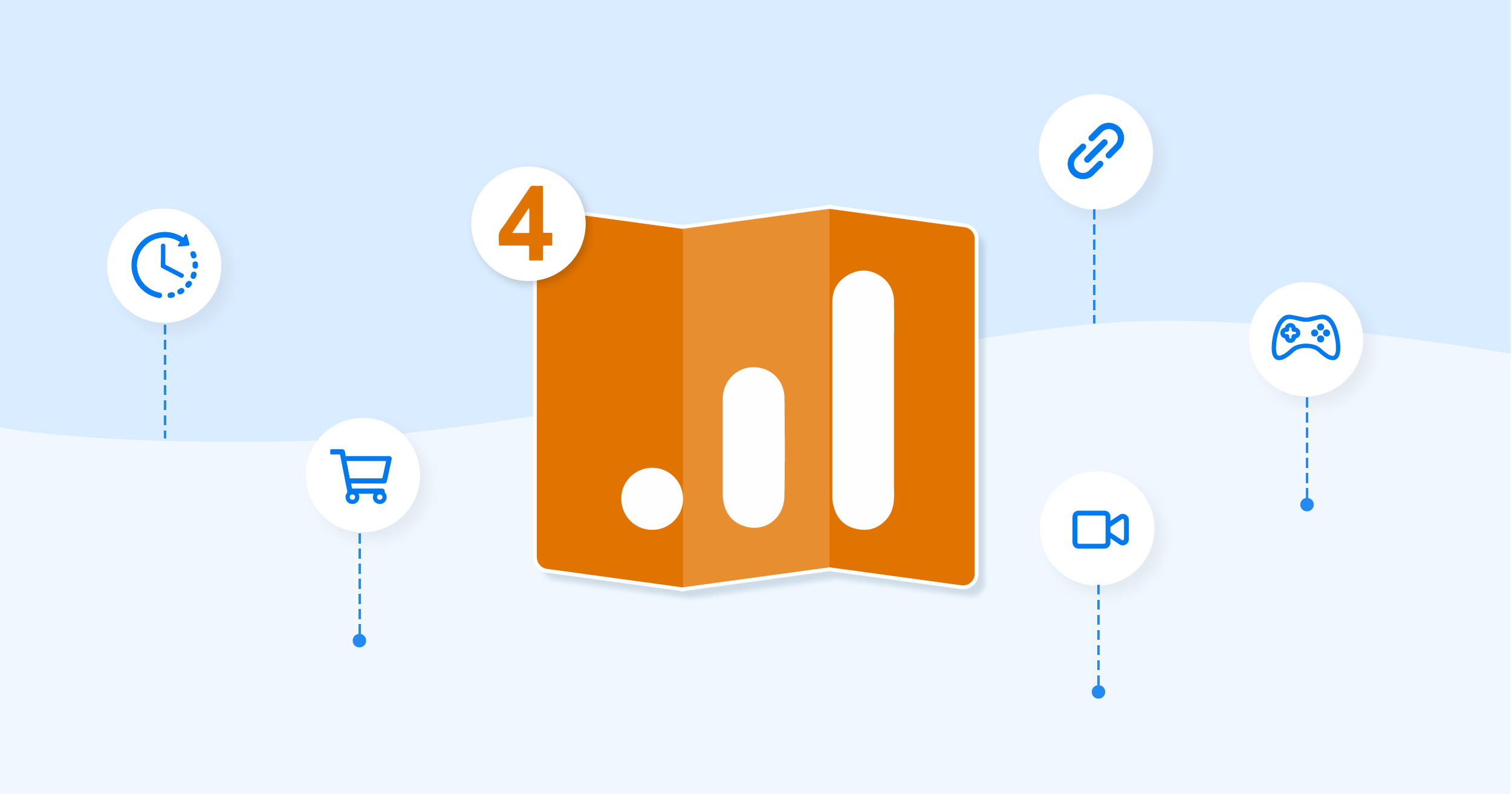Unlocking the Power of Second Dimension Analytics for Improved Information Insights and Decision-Making
In the realm of data analytics, primary measurements often take the spotlight, yet the real depth of insights lies within the world of second measurements. By using the power of second dimension analytics, organizations can unveil surprise fads, discover correlations, and extract much more meaningful verdicts from their information.
Value of Secondary Measurements
Discovering the relevance of secondary measurements in analytics reveals the concealed layers of information understandings crucial for notified decision-making in different domains. Secondary measurements offer a much deeper understanding of main data by providing additional context and viewpoints. By integrating second dimensions right into analytics, companies can extract extra extensive and nuanced understandings from their datasets.
One trick relevance of additional measurements is their capability to sector and categorize main data, enabling a much more detailed evaluation of details parts within a dataset. This segmentation makes it possible for companies to recognize patterns, patterns, and outliers that might not be obvious when considering the data in its entirety. Furthermore, second dimensions assist in revealing correlations and reliances in between various variables, leading to more precise projecting and anticipating modeling.
In addition, secondary dimensions play a critical role in enhancing data visualization and reporting. By adding additional dimensions to visualizations, such as graphes or charts, experts can develop extra useful and insightful depictions of information, promoting far better interaction of searchings for to stakeholders. Overall, the integration of secondary measurements in analytics is instrumental in opening the complete possibility of information and driving evidence-based decision-making.
Trick Advantages of Using Additional Dimensions
Utilizing second dimensions in analytics offers companies a tactical benefit by increasing the depth and granularity of information insights. By exploring data utilizing secondary dimensions such as time, area, tool type, or customer demographics, organizations can reveal patterns, trends, and relationships that may or else remain concealed.
Furthermore, the application of additional measurements enhances the context in which main information is translated. It gives a more detailed view of the connections in between different variables, allowing companies to make informed decisions based upon a more alternative understanding of their information. Additionally, secondary measurements promote the identification of outliers, anomalies, and locations for optimization, inevitably resulting in a lot more reliable strategies and enhanced end results. By leveraging additional dimensions in analytics, organizations can harness the full capacity of their information to drive much better decision-making and accomplish their service goals.
Advanced Information Evaluation Techniques
A deep study advanced data analysis techniques reveals advanced techniques for drawing out important insights from complicated datasets. One such technique is read review artificial intelligence, where algorithms are employed to identify patterns within data, predict outcomes, and make data-driven decisions. This approach allows for the automation of logical version structure, making it possible for the handling of big volumes of data at a faster rate than typical approaches.
One more sophisticated technique is anticipating analytics, which makes use of analytical algorithms and device knowing strategies to forecast future end results based upon historical data. By assessing fads and patterns, services can expect customer actions, market patterns, and potential threats, equipping them to make proactive choices.
Moreover, text mining and view analysis are valuable strategies for drawing out insights from disorganized data resources such as social media sites comments, consumer evaluations, and study actions. By analyzing message data, companies can comprehend consumer viewpoints, recognize emerging fads, and improve their solutions or products based upon feedback.
Enhancing Decision-Making Via Secondary Measurements

Enhancing decision-making through secondary measurements allows businesses to make more educated and targeted strategic choices. For instance, by segmenting consumer information based on secondary dimensions like acquiring background or engagement levels, business over here can customize their marketing techniques to particular target market sectors, bring about improved conversion rates and customer fulfillment. Additional dimensions can help identify relationships and partnerships in between different variables, enabling companies to make data-driven choices that drive growth and success.
Executing Secondary Measurement Analytics
When including additional measurements in analytics, organizations can open deeper understandings that drive tactical decision-making and boost general efficiency. This entails recognizing the particular inquiries the organization looks for to answer and the information points needed to resolve them.

Moreover, companies ought to take advantage of advanced analytics devices and innovations to simplify the process of incorporating second measurements. These tools can automate data handling, evaluation, and visualization, allowing organizations to concentrate on analyzing understandings as opposed to hand-operated data control.
Final Thought
Finally, second measurement analytics play an essential function in boosting information understandings and decision-making processes. By utilizing sophisticated data analysis methods and applying second dimensions effectively, organizations can unlock the power of their data to drive tactical service choices. The vital advantages of making use of second measurements can not be overemphasized, as they give a this content much deeper understanding of information fads and partnerships. It is essential for organizations to utilize second measurement analytics to remain affordable in today's data-driven landscape.
In the realm of data analytics, main measurements usually take the limelight, but the true deepness of insights lies within the realm of second dimensions.Using secondary measurements in analytics uses organizations a tactical benefit by increasing the depth and granularity of data understandings. By leveraging secondary measurements in analytics, organizations can harness the full possibility of their data to drive far better decision-making and accomplish their company purposes.
Carrying out data recognition processes and normal audits can assist maintain information quality and integrity.
By utilizing advanced data analysis methods and executing secondary measurements effectively, companies can unlock the power of their information to drive strategic service decisions.